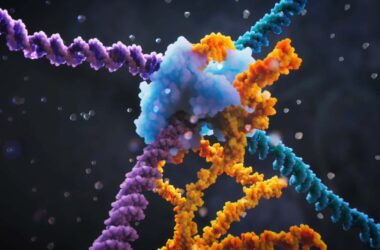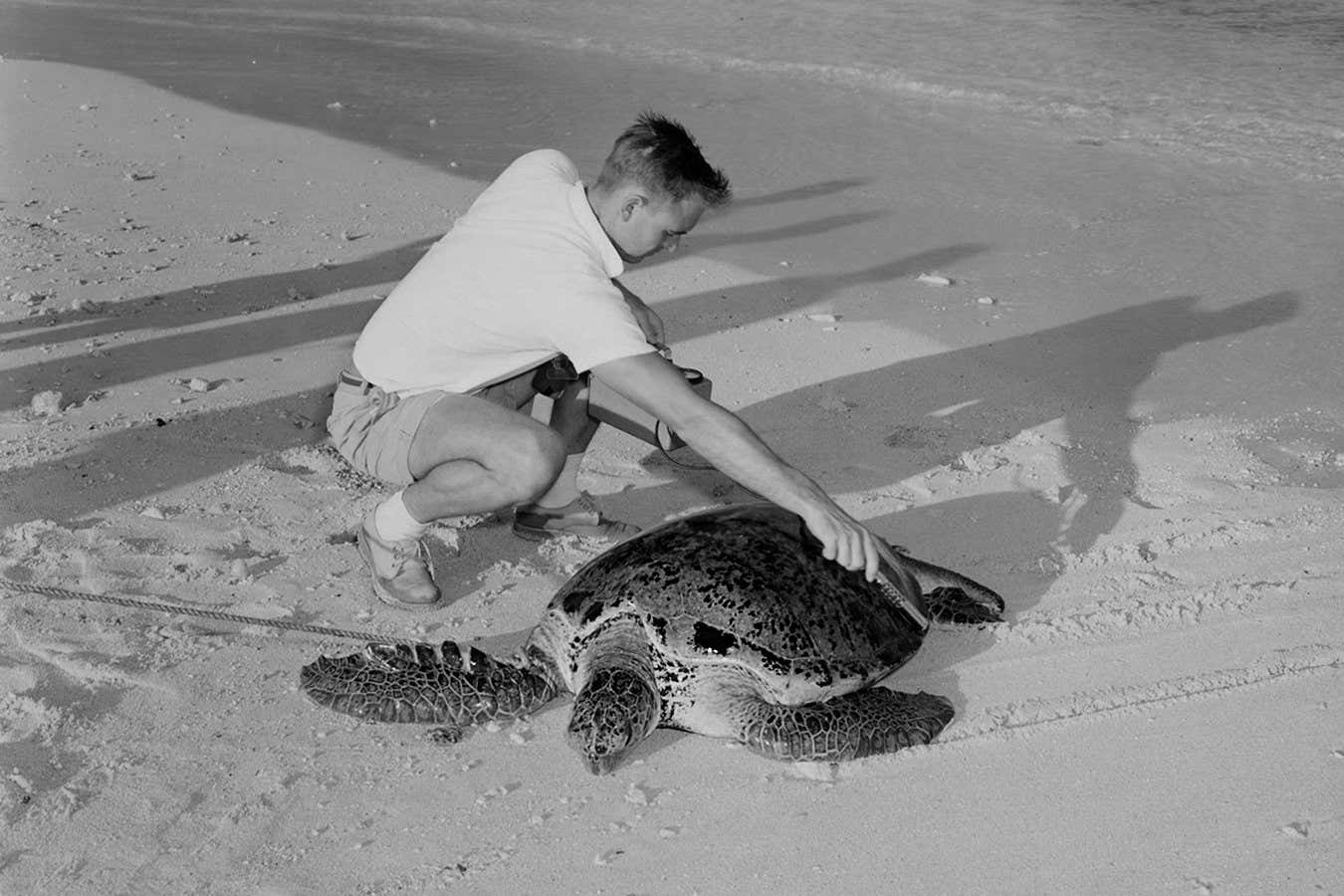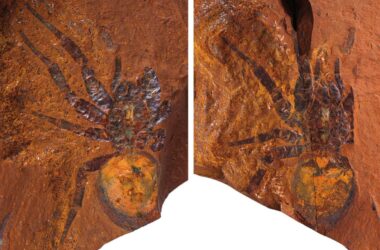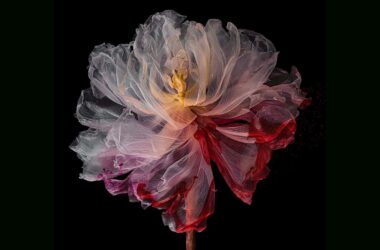Turtles and tortoises can carry a record of past exposure to radioactive contamination on their shells, according to a new study. When exposed to nuclear fallout or accidental waste releases, these reptiles accumulate radioactive uranium isotopes in their shell scales. This discovery could be valuable for long-term monitoring of radionuclides in nature, which are the radioactive variations of elements.
Radionuclides from nuclear activities have spread extensively and remain in ecosystems for a long time. In the US alone, it is estimated that up to 80 million cubic meters of soil and 4.7 billion cubic meters of water are contaminated by past nuclear activities.
Traditionally, testing for radionuclide accumulation in organisms has been challenging. For example, tree rings can carry radionuclides but are unreliable due to the diffusion of elements between rings. Researchers wondered if the tough scales on turtle and tortoise shells, called scutes, could provide a more reliable option. These scutes grow in layers and are effectively time-stamped, making them a promising candidate for monitoring radionuclides.
The study involved sampling scutes from four museum specimen turtles, each from a different species in a location historically exposed to nuclear materials. These included a green sea turtle from the Marshall Islands and a Mojave desert tortoise from Nevada, both of which experienced nuclear weapons testing in the mid-20th century. The researchers also analyzed scutes from turtles in fuel processing sites contaminated by nuclear waste and a desert tortoise from a non-nuclear area.
Chemical analysis of the scute fragments revealed small but elevated levels of uranium radionuclides in the shells of the four turtles from historic nuclear sites. For instance, an eastern box turtle living near the Oak Ridge National Laboratory in Tennessee showed a uranium signature in its scute growth rings between 1955 and 1962, coinciding with airborne releases of waste at the site.
The researchers believe that the uranium chronicles preserved in turtle shells could be used to reconstruct the history of nuclear contamination in ecosystems. This opens up a potential field of research in radioecology using zoological collections in museums, where the concentration of radionuclides in various tissues can be assessed in specimens collected before and after nuclear tests and accidents.
The study’s findings also raise the possibility of using non-invasive techniques to measure radionuclides in living turtles and tortoises. This could have implications for studying the impact of nuclear contamination in modern environments.
Insights:
- Turtles and tortoises can store a record of radioactive contamination on their shells, making them useful for monitoring radionuclides in nature.
- Chemical analysis of scute fragments revealed elevated levels of uranium radionuclides in turtles from historic nuclear sites.
- These findings could lead to new research opportunities in radioecology using zoological collections in museums.
- Non-invasive techniques may allow for the measurement of radionuclides in living turtles and tortoises, providing insights into the impact of nuclear contamination on modern environments.








